| LITOR - Lightweight precision, made to move. |
SUS 420J2 Blades| Size | Cutting length | Item no. | Picture |
|---|
8" (206mm) | 2 3/8"
(60mm) | #635 | 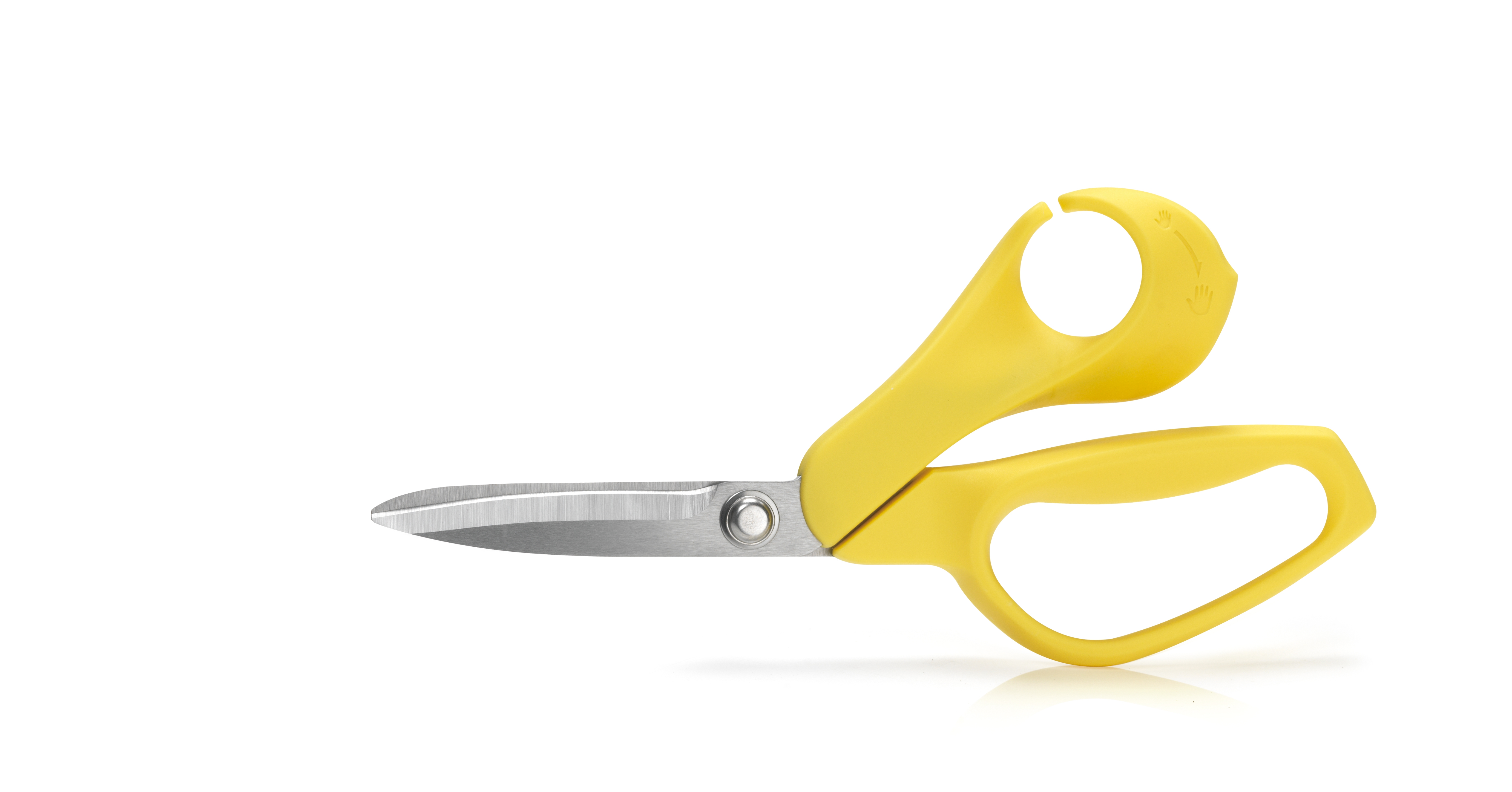 |
9"
(231mm) | 3 3/8"
(87mm) | #637 |  |
10"
(257mm) | 4 3/8"
(111mm) | #639 |  |
- Inner blade features precision flat grinding
| - Vacuum H/T HRC 52~55 |
| - 3.0mm blade thickness strikes the perfect balance between strength and reduced overall weight |
 |
| LIGHTWEIGHT SCISSORS |
• Equipped with the Ergo Fit Thumb Ring, a flexible thumb loop that comfortably adapts to various hand sizes
• Perfect for shared workstations and team environments requiring heavyduty cutting |
 |
• Streamlined design for effortless control
• Lightweight and easy to operate, minimizing fatigue during
extended use—ideal for daily or high-frequency users |
 |
| |
| |
| FOR SHEARING |
- Fabric, thin leather, paper, plastic wrap, light cardboard,
plastic sheets, and other common household materials.
|
| |
| SPECIFICATION |
- Handles made of TPR overmolded
|
| EASE SHEARS - CRAFTED FOR PROFESSIONALS. |
| NATURAL FIT PERFECT FORCE |
The force application area of the thenar region differs from single-point pressure applied by the thumb alone. With contact area over four times larger, it significantly reduces hand fatigue, enhances comfort, and effectively improves work efficiency.
It also engages the proximal knuckle area of the four fingers, enabling greater control and efficiency when cutting through heavy materials. |
| |
| Extended Leverage Arm for Greater Efficiency |
| Traditional scissors rely on the first joint of the thumb to apply force, limiting both power and comfort. Our redesigned handle shifts the pressure point to the thenar region — the palm’s strongest area — while extending the leverage arm by 1.5 times. This results in up to 33% less effort required during use, providing enhanced cutting power with reduced hand fatigue. |
| |
| HIGHLY EFFICIENT |
| Engineered through iterative refinement, the handle’s contour directs force through the thenar eminence — the palm’s most efficient pressure point — for enhanced power and reduced effort. This innovation redefines what ergonomic design can achieve. |
| HANDLE |
| The lower handle offers more space to comfortably accommodate four fingers, ensuring a secure grip without pressure or discomfort. |
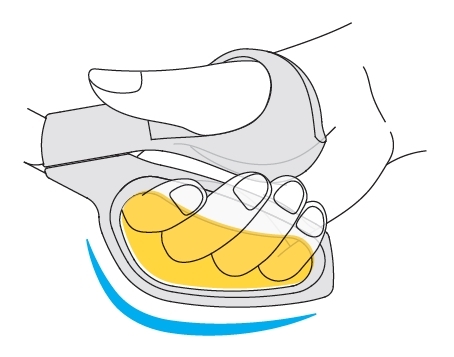 |
| The raised contour allows all four fingers to fit snugly along the handle, enhancing comfort during use. |
| A broader gripping surface reduces the amount of force required and minimizes hand fatigue. |
| Always Ready, Effortlessly Precise |
| The handle is designed for immediate action, no need for adjustments. The moment you pick it up, you are ready to cut. Every curve, every contour of the handle has been purposefully engineered to guide your fingers fall naturally into place, positioning your hand perfectly for cutting. This refined ergonomic detail minimizes unnecessary movements and maximizes efficiency, especially during repetitive tasks. It’s a seamless experience that turns routine into precision. |
| PRECISION IN EVERY CUT |
| The guided handle design secures the thumb in a fixed position, while the lower handle is controlled by four fingers allowing for highly accurate cutting direction.This stable grip ensures precise alignment, centered movement, and unwavering control with every use. |
SELECTION OF MATERIALS| Steel \ Element | C % | Si ≦ % | Mn ≦ % | P ≦ % | S ≦ % | Ni ≦ % | Cr % | Mo % | V % | Co % |
| SUS 420J2 | 0.26~0.40 | 1 | 1 | 0.040 | 0.030 | | 12~14 | | | |
| A martensitic stainless steel with 0.3% carbon content, offering a hardness range of 52-55 HRC. This material provides a balance of excellent hardness and wear resistance, making it well-suited for general industrial cutting applications. It demonstrates stable edge retention, ideal for cutting common materials such as textiles, plastics, and packaging. As an entry-level steel, it offers reliable performance for industrial scissors designed for longterm use under standard operating conditions. |
| DIN 1.4034 | 0.43~0.50 | 1 | 1 | 0.045 | 0.030 | | 12~14.5 | | | |
| Containing 0.4% carbon content and a hardness range of 56-58 HRC, this steel offers superior edge retention and wear resistance compared to 420J2. The enhanced hardness and improved toughness make it optimal for applications requiring higher cutting performance. It is particularly suited for industrial scissors used in mediumstrength cutting tasks, providing durability and consistent performance over extended periods of use. This upgraded steel is ideal for environments where precision and long-lasting sharpness are essential. |
| DIN 1.4116 | 0.42~0.48 | 1 | 1 | 0.040 | 0.030 | | 13.8~15.0 | 0.45~0.60 | 0.10~0.15 | |
With 15% chromium content and the addition of molybdenum (Mo) and vanadium (V), this high-grade steel achieves a hardness of 56-58 HRC. It is characterized by exceptional corrosion resistance, making it ideal
for use in humid or highly corrosive environments. The fine-grained microstructure and high hardness allow it to maintain sharpness for extended periods, ensuring excellent cutting performance. Due to its superior edge retention and durability, it is the material of choice for high-end industrial scissors that require optimal performance in demanding cutting tasks and complex materials. |
Influnce of Alloying Elements on Steel Microstructure| C | • Carbon is the single most important alloying element in steel.
• The hardenability of steel is increased by the addition of more carbon, up to about 0.6%.
• Wear resistance can be increased in amounts up to 1.5%. Beyond this amount, increases of carbon reduce toughness and increase brittleness. |
| Cr | • As with Mn, chromium has a tendency to increase hardness penetration.
• Chromium also increases the toughness of steel, as well as the wear resistance.
• Probably one of the most well known effects of chromium on steel is the tendency to resist staining and corrosion.
• Steel with 12% or more chromium are referred to as stainless steels. |
| Mo | • Molybdenum increases the hardness penetration of steel, slows the critical quenching speed, and increases high temperature tensile strength.
• Since molybdenum tends to minimize temper brittleness and reduce mass effect, Ni-Cr-Mo steel is widely used for large articles.
• It is also a constituent in some high-speed steels, magnet alloys, heat-resisting and corrosion-resisting steels. |
| V | • Vanadium acts as a scavenger for oxides, forms a carbide V, C, and has a beneficial effect on the mechanical properties of heattreated steels, especially in the presence of other elements.
• It slows up tempering in the range of 500-600 C and can induce secondary hardening.
• It helps control grain growth during heat treatment. By inhibiting grain growth it helps increase the toughness and strength of the steel. |
All blades are vacuum heat treated to optimize their metallurgical properties. This advanced process prevents oxidation and decarburization, ensuring a uniform and refined microstructure. As a result, the blades achieve enhanced hardness, superior wear resistance, improved corrosion resistance, and excellent dimensional stability. These benefits combine to provide consistently sharp, durable, and reliable cutting performance with extended service life.
For SUS 420J2, DIN 1.4034, and DIN 1.4116 stainless steels, vacuum heat treatment further enhances toughness and strength, ensuring the blades maintain high cutting performance over time. The refined microstructure improves wear resistance and corrosion resistance, allowing the blades to retain their sharpness and durability even under demanding conditions. These materials are ideal for high-performance shears, providing reliable performance and extended service life. |
 |
The Fine-Blanking process creates shearing edges that are significantly finer compared to conventional stamping, with the shearing edge area being about onethird the size. Parts produced using Fine-Blanking have 100% shearing edges, flat shapes, and precise dimensions.
By applying Fine-Blanking technology, the improvement in the components is significant. These components have good shape, smooth surfaces, and precise sizes, so they are ready for assembly without further secondary operations. The productivity is increased, production cycle time is reduced, and component costs are significantly lowered. |
| The extended blades are embedded into the handle to prevent handle breakage and enhance durability. Additionally, the power transfer during cutting is enhanced, leading to greater efficiency and improved cutting accuracy. |
• Inner blade features precision flat grinding
• Straight cutting edge for clean and consistent cuts
• Optional serrated teeth on the lower blade available toenhance grip and prevent slippage |
 |  |
• Inner blade with expertly executed hollow grinding
• Gradually tapered cutting edge for smooth shearing action
• Hollow grinding minimizes friction and reduces material buildup, preventing jamming during cutting operations |
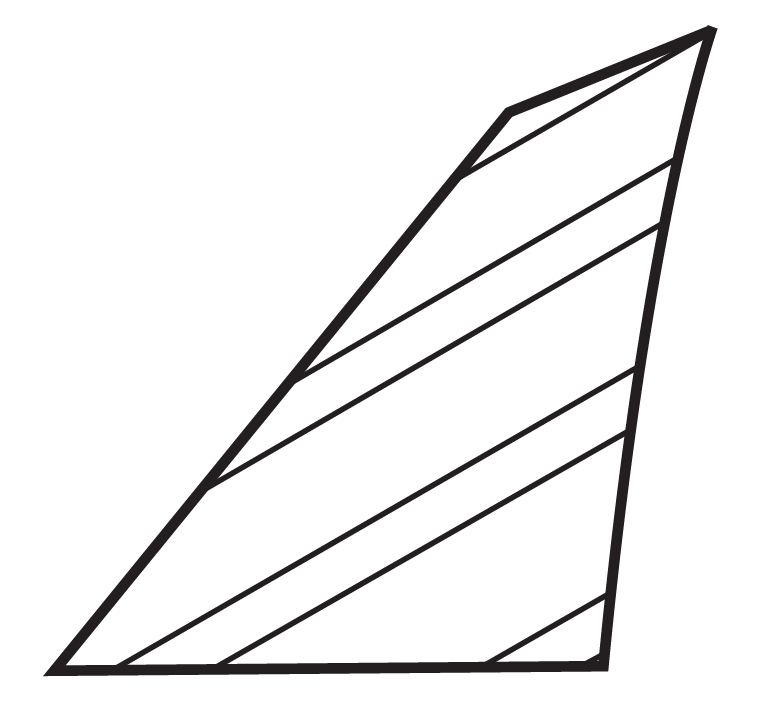 |  |
| |
• CNC-machined hollow grinding on the inner blade for exceptional precision
• Gradual cutting edge optimized for durability and sharpness
• CNC hollow grinding ensures precise contours, enabling heavy-duty cutting performance with reduced user effort |
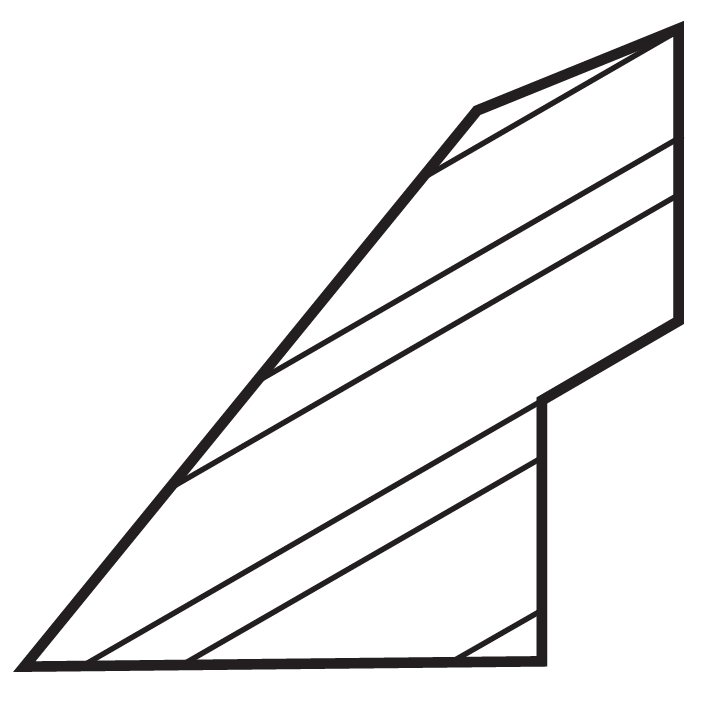 | 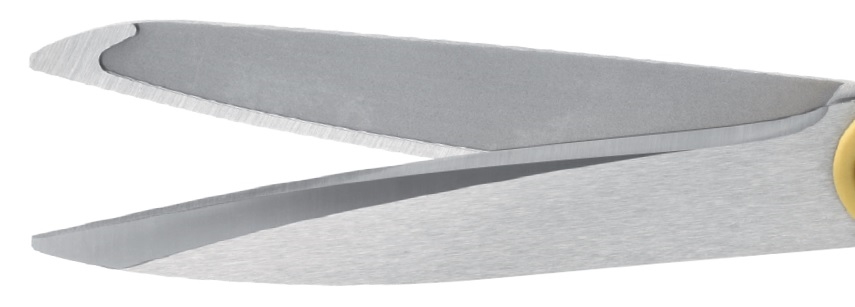 |
| |